The Luxurious Appeal of Warm Metallics in Interior Design
Discover how to transform your home with 2025's most sophisticated trend: warm metallics. Perfect for creating both statement moments and subtle accents, warm metallics bring timeless elegance to any interior
5/18/20256 min read
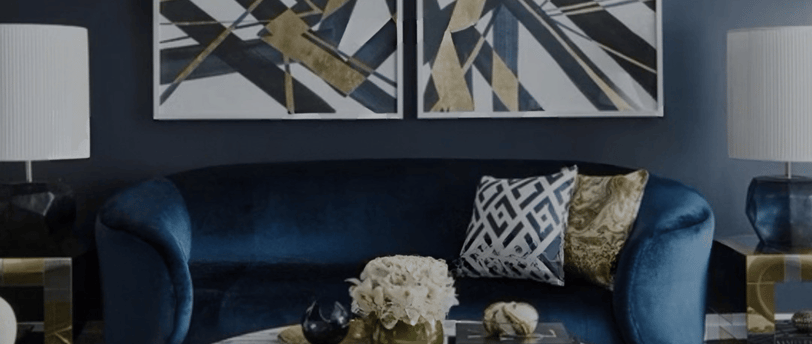

In the ever-evolving world of interior design, certain trends emerge that perfectly balance innovation with timeless appeal. Warm metallics represent exactly this kind of design evolution—offering spaces a sophisticated glow while creating inviting, livable environments. As we move through 2025, this trend continues to gain momentum, building upon the warm tone foundations established in 2024 but with exciting new applications and interpretations.
Understanding Warm Metallics: A 2025 Design Essential
Warm metallics encompass a family of finishes characterized by their yellow, orange, and red undertones. These include:
Brushed brass: Offering a sophisticated, muted gold appearance with a textured finish
Antique brass: Featuring rich patination that suggests history and character
Copper: Presenting a distinctive reddish-orange glow that instantly warms any space
Warm brushed nickel: Providing a subtler option that bridges traditional and contemporary styles
What makes this design approach particularly appealing in 2025 is its remarkable versatility. As you've likely noticed in recently designed restaurants and hospitality venues, these rich metallic tones create clean, modern backgrounds that elevate the entire experience. The good news? This contemporary aesthetic translates beautifully to residential spaces, whether you're planning a comprehensive renovation or simple decor updates.
Creating Your Foundation: The Perfect Canvas for Metallics
The most successful warm metallic applications begin with thoughtfully selected foundation materials. Natural elements create ideal backgrounds that allow metallic accents to integrate seamlessly:
Stone-look surfaces: Travertine, limestone, and sandstone textures provide organic warmth and subtle variation
Warm wood tones: From honey oak to rich walnut, wood elements ground metallic finishes
Marble with warm veining: Creates luxury counterpoints to metallic elements
Earthy linens and textiles: Soften spaces and prevent metallics from dominating
These foundation materials contribute their inherent warmth to spaces while creating textural contrast with metallic finishes. Consider how rough stone surfaces dramatically highlight smooth brass elements, or how the organic grain patterns in wood complement the uniform sheen of copper accents.
The Art of Balance: Distribution and Scale
The secret to mastering warm metallics lies in strategic distribution throughout your space. Rather than concentrating all metallic elements in one area, consider how to create rhythmic repetition across a room:
Establish a hierarchy: Choose one dominant metallic finish (approximately 60-70% of your metallic elements)
Add complementary accents: Incorporate secondary metallics in smaller doses (20-30%)
Include minimal highlights: Use a third finish sparingly for special moments (5-10%)
Create visual pathways: Position metallic elements to guide the eye through the space
This approach prevents any single metallic element from overwhelming the design while ensuring cohesive distribution. Remember that metallics carry significant visual weight—even small applications command attention and create focal points naturally.
Playing with Color and Texture
Warm metallics shine brightest when paired with complementary colors and contrasting textures. Consider these successful combinations:
Soft blush tones: Pink undertones beautifully complement brass and copper elements
Earthy neutrals: Taupe, sand, and warm gray create sophisticated backdrops
Textural contrasts: Pair glossy metallics with matte finishes for dynamic interplay
Unexpected accents: Deep emerald, navy, or terracotta create dramatic counterpoints
These color relationships enhance the inherent warmth of metallic finishes while adding depth to your overall design scheme. Remember that contrast in texture is equally important—the interplay between reflective metallic surfaces and organic, textured elements creates visual interest and prevents spaces from feeling one-dimensional.
Strategic Applications Throughout the Home
Kitchen Transformations
The kitchen offers numerous opportunities to incorporate warm metallics:
Tapware in antique brass: Creates an immediate focal point at the sink
Cabinet hardware: Brushed brass knobs or pulls transform standard cabinetry
Range hoods: Copper or brass-accented ventilation becomes a sculptural element
Pendant lighting: Clustered brass fixtures define dining or preparation zones
Backsplash accents: Metallic tile inserts or trim pieces add unexpected shimmer
These applications transform utilitarian spaces into design showcases while maintaining full functionality.
Bathroom Elegance
Bathrooms benefit tremendously from warm metallic elements:
Complete fixture suites: Coordinated brass tapware, shower fixtures, and accessories create cohesion
Vanity hardware: Metallic drawer pulls and door handles elevate custom or standard cabinetry
Mirror frames: Brass or copper frames transform basic mirrors into statement pieces
Shower screens: Metal-framed enclosures in warm finishes add architectural interest
Accent tiles: Metallic-finished tiles create luxurious shower niches or feature walls
These applications create spa-like atmospheres that elevate daily routines into sensory experiences.
Living Space Sophistication
In gathering spaces, warm metallics add refinement through:
Lighting fixtures: Statement chandeliers or sconces in mixed warm metals
Furniture elements: Tables with brass legs or copper-wrapped consoles
Decorative objects: Clustered vessels, sculptural pieces, or bookends
Picture frames: Gallery arrangements unified through metallic finishes
Architectural details: Door hardware, stair railings, or fireplace surrounds
These applications add layers of visual interest while maintaining a cohesive design language throughout connecting spaces.
The Magic of Lighting
Lighting plays a crucial role in showcasing warm metallics to their best advantage. Consider how:
Natural light interaction: Position metallic elements to catch daylight, creating dynamic reflections
Directed illumination: Use focused lighting to highlight specific metallic features
Layered lighting plan: Combine ambient, task, and accent lighting to create depth
Time of day considerations: Recognize how metallics transform from morning brightness to evening warmth
Strategic lighting transforms static metallic elements into dynamic features that evolve throughout the day, creating what designers call "little moments of magic" as light conditions change.
Practical Implementation Advice
For those new to incorporating warm metallics, consider these practical approaches:
Start small: Begin with hardware updates or decorative objects before committing to larger installations
Maintain consistency: Choose one primary warm metallic finish and carry it throughout connected spaces
Consider longevity: Focus on quality pieces in classic applications rather than trendy statements
Sample in your space: Test metallic finishes under your specific lighting conditions before committing
Balance with softening elements: Incorporate textiles, plants, and organic materials to prevent metallic overload
This measured approach allows you to confidently introduce warm metallics while ensuring harmonious integration with your existing elements.
Maintenance Considerations
To keep your warm metallic elements looking their best:
Regular cleaning: Dust frequently with soft, dry cloths to prevent buildup
Appropriate products: Use cleaners specifically formulated for each metal type
Fingerprint management: Choose brushed or patinated finishes in high-touch areas to minimize visible marks
Patina expectations: Understand that living finishes like unlacquered brass and copper will naturally evolve over time
Many designers now embrace the developing patina on warm metallics as part of their character and authenticity, particularly in brass and copper applications.
Final Thoughts: The Enduring Appeal of Warm Metallics
What makes warm metallics particularly compelling as we move through 2025 is their remarkable ability to feel simultaneously contemporary and timeless. Unlike trends that quickly date spaces, these finishes connect to design traditions spanning centuries while feeling thoroughly modern in their applications.
The adaptability of warm metallics allows them to enhance virtually any design aesthetic—from minimalist contemporary to maximalist traditional. Their warmth brings instant sophistication to spaces while creating environments that feel both luxurious and genuinely livable.
Whether you choose to incorporate these elements through comprehensive renovations or thoughtful accessorizing, warm metallics offer one of the most accessible and transformative design approaches available today. By understanding the principles of balance, distribution, and complementary materials, you can create spaces that showcase these beautiful finishes to their greatest advantage—spaces that will continue to resonate with warmth and elegance for years to come.
This post contains referral links. If you purchase through these links, I receive a small commission at no additional cost to you. Also don't forget to use coupon code PIVOTPOINTDESIGN to get 5% off
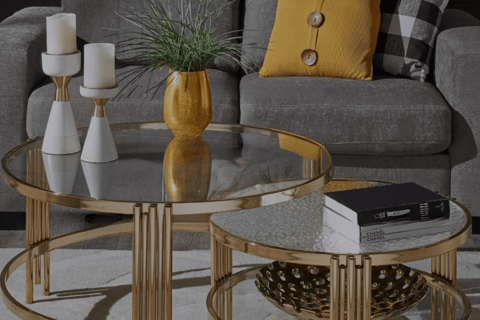

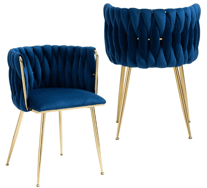

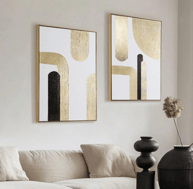

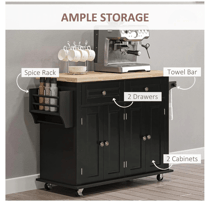

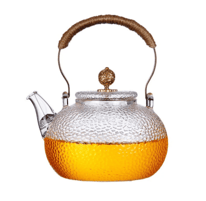


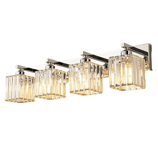
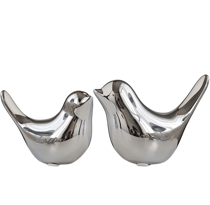

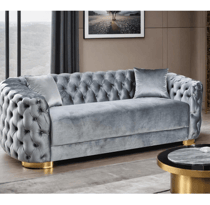

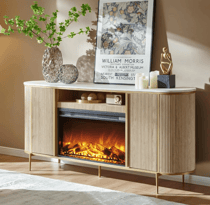

Links
Follow us on social media
alleatorika@proton.me
Contact information:
© 2025. All rights reserved.